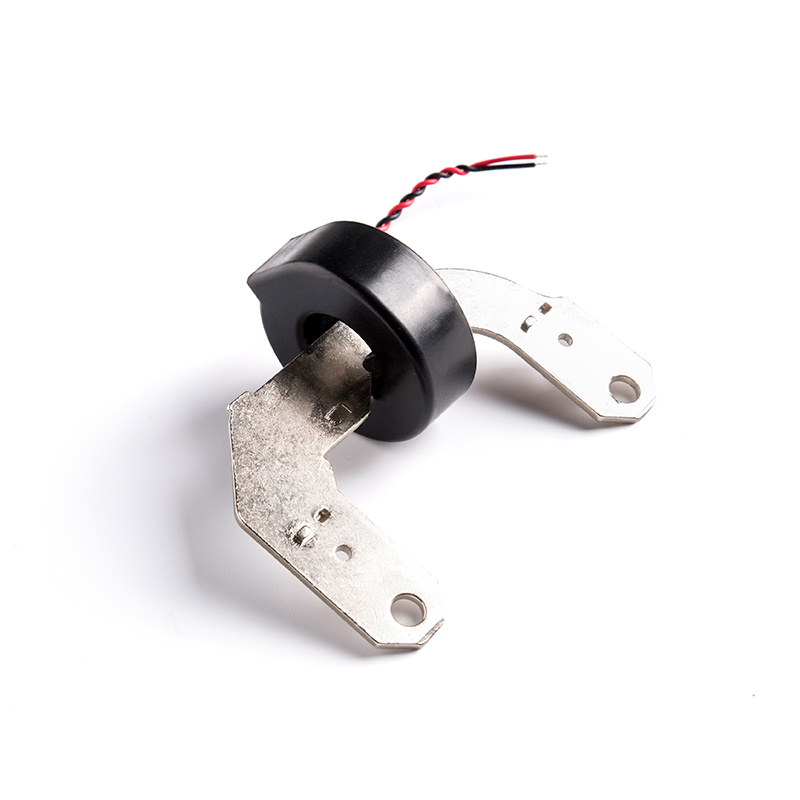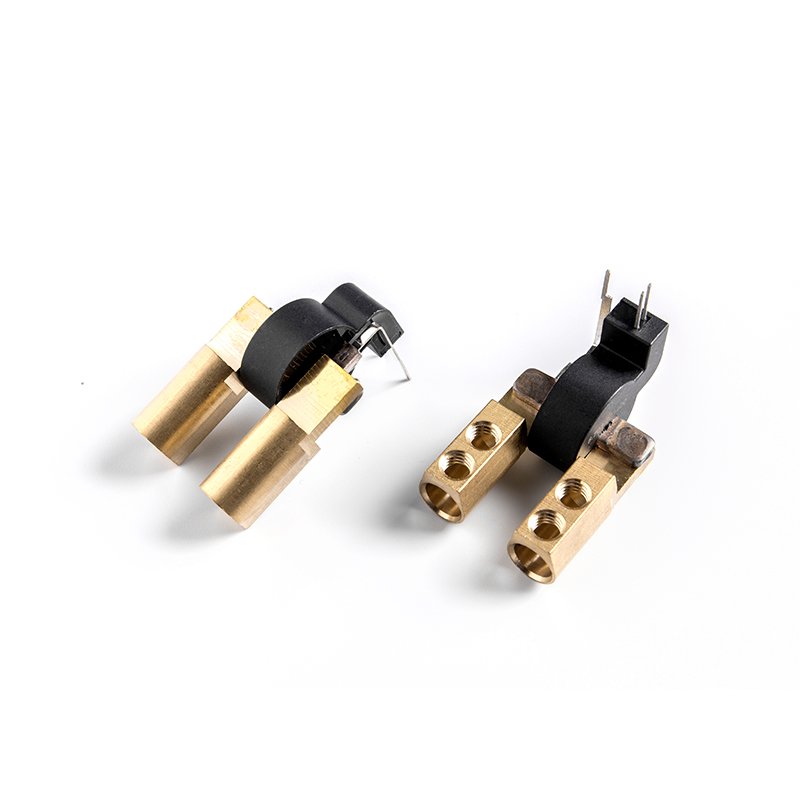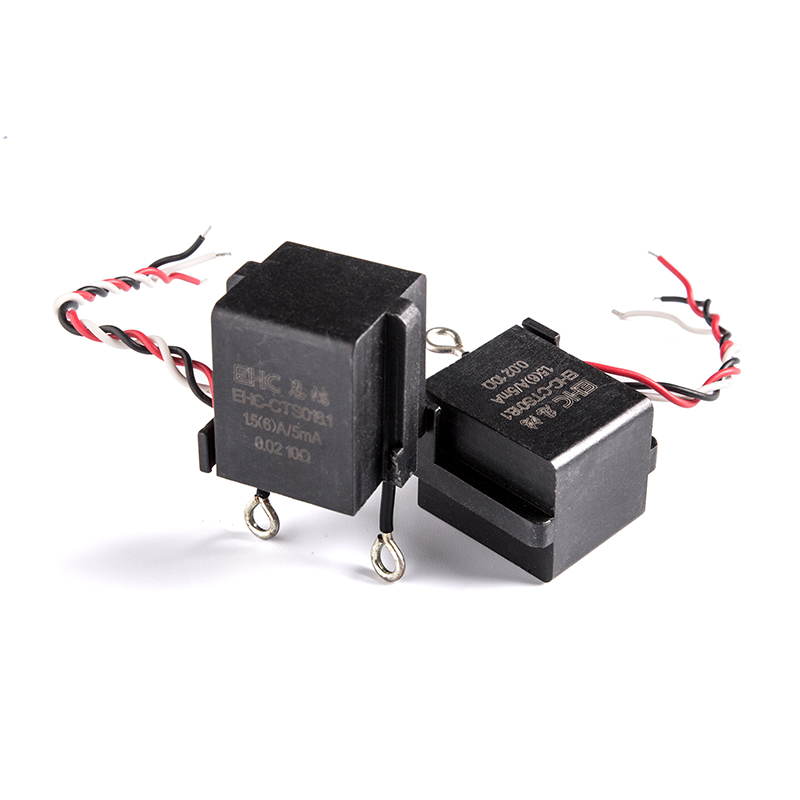Under fault conditions, a current transformer (CT) plays a crucial role in the protection of power systems by accurately detecting and measuring fault currents. When a fault occurs in an electrical system, such as a short circuit or an overcurrent condition, the current flowing through the system can increase significantly. The CT responds to these fault currents and provides a proportional current signal to protective relays, which are designed to initiate protective actions to isolate the fault and prevent damage to the electrical equipment and infrastructure.
The behavior of a CT under fault conditions is characterized by its ability to accurately reproduce the fault current in its secondary circuit while maintaining the integrity of the measurement. When a fault occurs, the primary current flowing through the CT increases, causing a proportional increase in the secondary current. This increase in secondary current triggers the protective relays, which then act to isolate the fault by tripping circuit breakers, disconnecting faulty equipment, or initiating other protective measures.
The role of the CT in the protection of power systems is multifaceted:
Fault Detection: CTs are designed to accurately detect and measure fault currents, including short circuits, overcurrents, and other abnormal conditions. By providing a proportional current signal to protective relays, CTs enable the timely detection of faults, allowing protective devices to initiate appropriate actions to isolate the fault and minimize the impact on the power system.
Protective Relay Operation: current transformers are integral to the operation of protective relays, which rely on the current signals provided by the CTs to make decisions regarding the activation of protective devices. The accurate and reliable performance of CTs under fault conditions is essential for ensuring that protective relays respond appropriately to abnormal operating conditions, thereby safeguarding the power system from damage and ensuring continuity of service.
Equipment Protection: CTs contribute to the protection of electrical equipment and components by enabling the detection of fault currents and the initiation of protective actions. By accurately measuring fault currents, CTs help prevent damage to transformers, generators, motors, distribution panels, and other critical components, thereby ensuring the reliability and integrity of the power system.

 English
English 中文简体
中文简体 Deutsch
Deutsch 日本語
日本語

 View More >>
View More >> View More >>
View More >> View More >>
View More >> View More >>
View More >> View More >>
View More >> View More >>
View More >> View More >>
View More >> View More >>
View More >>